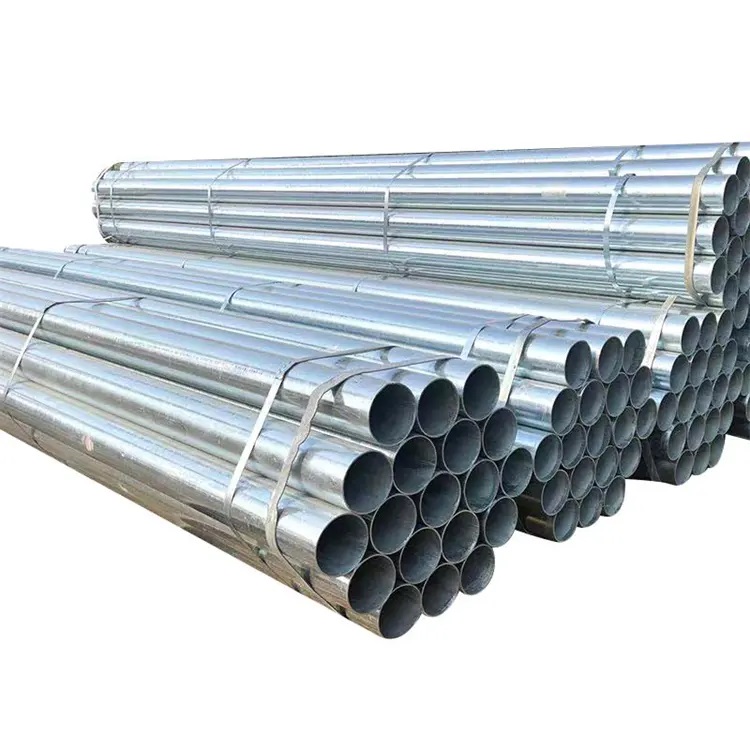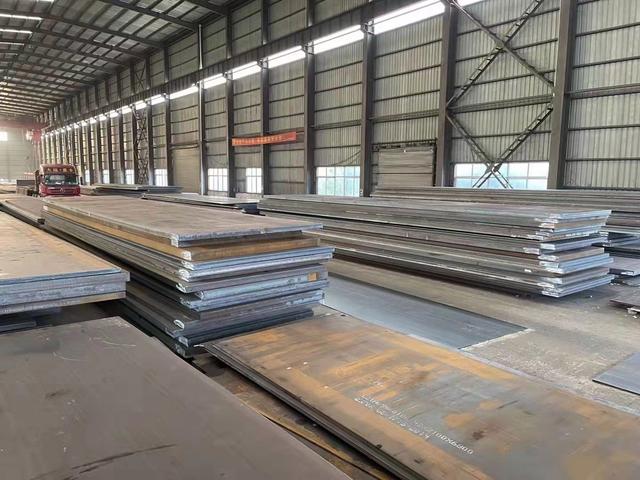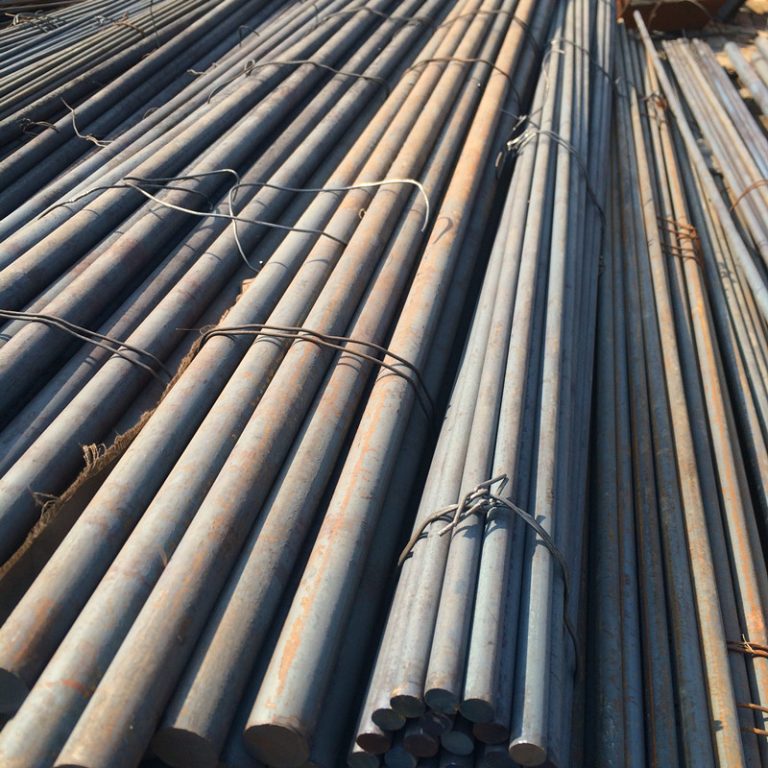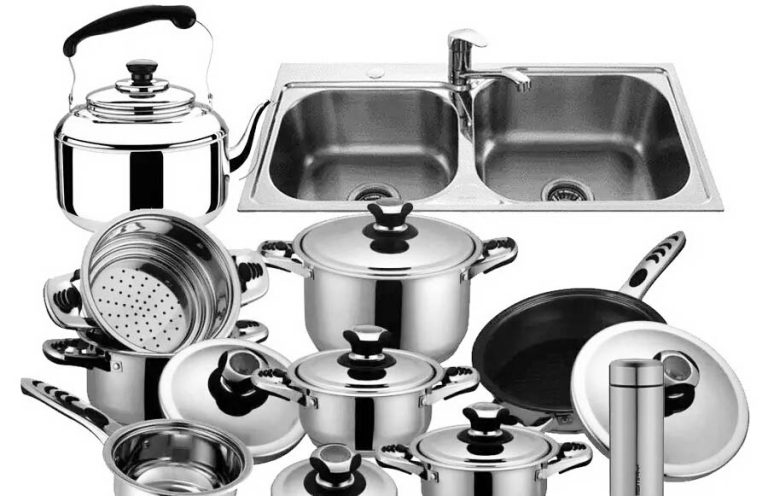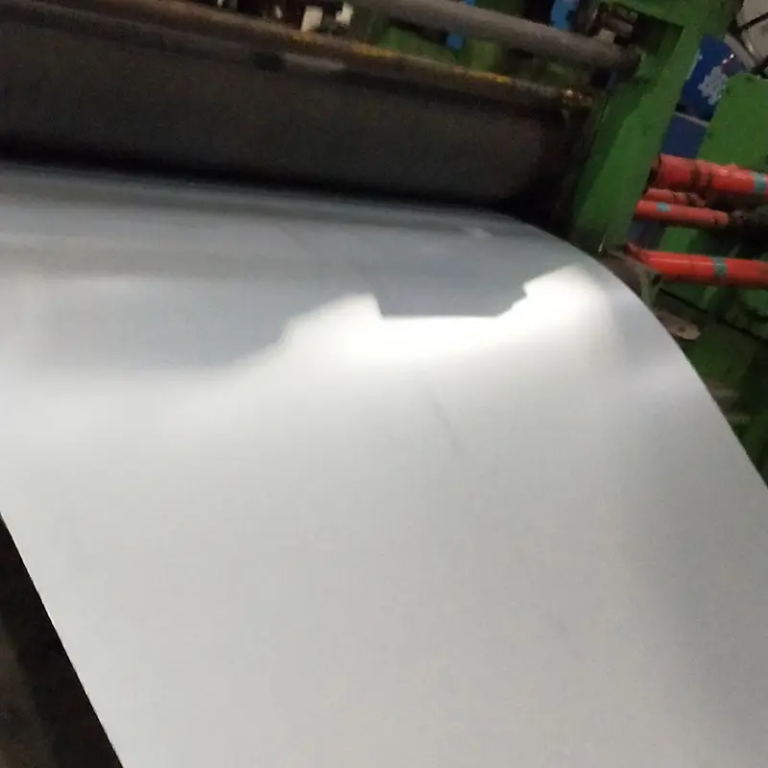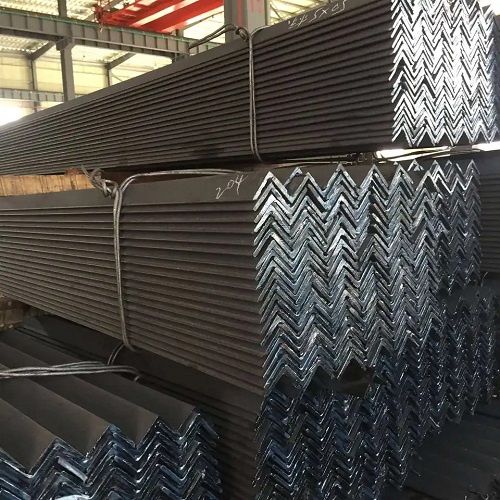How to identify the quality of galvanized pipes
To identify the quality of galvanized pipes, multiple methods are needed to judge the quality of their surface and materials. Here are several commonly used identification methods:
1. Appearance inspection
Coating uniformity: Check whether the surface coating of the galvanized pipe is uniform and whether there are obvious defects, such as bubbles, cracks, and shedding.
Surface gloss: The surface of a high-quality galvanized pipe should be smooth and have a certain gloss. If the surface looks dull, it may be that the coating is unqualified.
Zinc flowers: There will be zinc flowers (i.e., small metal grains on the zinc coating) on the surface of the galvanized pipe. The surface of a high-quality galvanized pipe usually has a delicate and uniform zinc flower pattern. If the zinc flowers are not obvious or irregular, it means that the galvanizing process may be unqualified.
2. Zinc layer thickness detection
Zinc layer thickness is a key indicator for measuring the quality of galvanized pipes. Too thin a galvanized layer will make the pipe more prone to rust. Instruments (such as coating thickness gauges) can be used to measure the thickness of the zinc layer.
The national standard has clear provisions for the zinc layer thickness of galvanized pipes. The zinc layer thickness of common galvanized pipes is generally 40-80μm, which may vary according to different uses.
3. Corrosion resistance test
Salt spray test: Test the corrosion resistance of galvanized pipes by placing them in a salt spray environment. High-quality galvanized pipes should have a longer corrosion resistance time in a salt spray environment.
Acid immersion test: Soak the galvanized pipe in a dilute acid solution to observe whether the zinc layer falls off. High-quality galvanized pipes will not easily lose the zinc layer in acid.
4. Internal quality inspection of pipes
Smooth inner wall: The inner wall of the galvanized pipe should be smooth and should not have severe rust, burrs or impurities.
Pipe wall thickness: The strength of the pipe can be judged by measuring the thickness of the pipe wall. Thin-walled pipes are prone to deformation or rupture, and the quality is unstable.
5. Weight test
Comparing the weight of galvanized pipes of the same specification and length, high-quality galvanized pipes should meet the standard weight requirements. If the weight is light, it may mean that the galvanized layer is thin or the material of the pipe itself does not meet the standard.
6. Chemical composition analysis
Chemical composition analysis can be used to test the chemical composition of galvanized pipes to see if they meet national or industry standards and ensure that the steel used in the pipes is of qualified quality.
7. Standard certification
Check whether the product has relevant quality certifications, such as ISO, GB standards, etc. Galvanized pipes that meet the standards are usually of guaranteed quality.
8. Bending and tensile testing
Bending and tensile testing is performed on galvanized pipes to check the toughness and tensile strength of the material. High-quality galvanized pipes should have good toughness and are not easy to crack.

